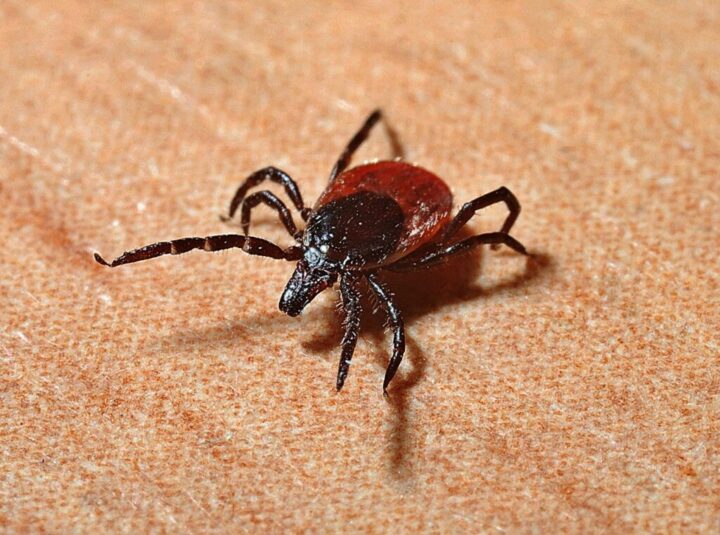Look out, Nebraska – there may soon be an uptick (see what we did there?) of Lyme disease cases within your state. Just about two years ago, Borrelia burgdorferi (B. burgdorferi), the bacteria which spurs Lyme disease, was discovered within three Nebraskan counties. Now, KETV Omaha recently reported that two cases were diagnosed within Thurston County.
Following the dual diagnoses, health officials went to the areas of potential exposure to search for ticks. After collecting a number of these ticks, the officials then performed testing. It is now official that the bacteria was found in the ticks. As it is currently December, some people may not have to worry as much. While you can get bitten by black-legged ticks at any point during the year, they are often slightly slower to bite in the winter or when it is cold out.
If you are going to be outside in an area known for ticks, protect yourself using insect repellent or other potential preventative measures. Following any nature-related experience, you can also check yourself for ticks. If you are interested in learning about preventative pre- or post-hike measures, take a look at this helpful “Tick Checking 101” guide from the nonprofit organization American Forests.
Lyme Disease
B. burgdorferi or, in rare cases, Borellia mayonii (B. mayonii) bacteria cause Lyme disease, a tick-borne illness. The bacterial infection is spread through the bite of an infected black-legged or deer tick. Most commonly, black-legged ticks cause infection on the Pacific coast, with deer ticks accounting for much of the rest of the country. Each year, an estimated 30,000+ people within the United States are infected. Initial symptoms usually appear within 3-30 days following infection. During this time, it is incredibly important to pursue diagnostic and treatment measures; Lyme disease can be cured in its early stages. However, some patients may experience post-treatment Lyme disease syndrome, in which symptoms last for 6+ months following treatment. In the early stages, symptoms include:
- Erythema migrans rash at the tick bite site
- Swollen lymph nodes
- Muscle and joint pain
- Fatigue
- Headache
- Fever and chills
If Lyme disease goes untreated, it may also progress into later stages. This typically occurs within weeks or months following the initial infection. Symptoms in later stages include:
- Rash spreading to other areas of the body
- Severe headache
- Neck stiffness
- Dizziness
- Arthritis
- Facial palsy
- Severe joint pain and inflammation
- Tendon, muscle, joint, nerve, and bone pain
- Irregular heartbeat
- Shortness of breath and/or difficulty breathing
- Pain, numbness, and tingling
- Brain and spinal cord inflammation
Learn more about Lyme disease.







